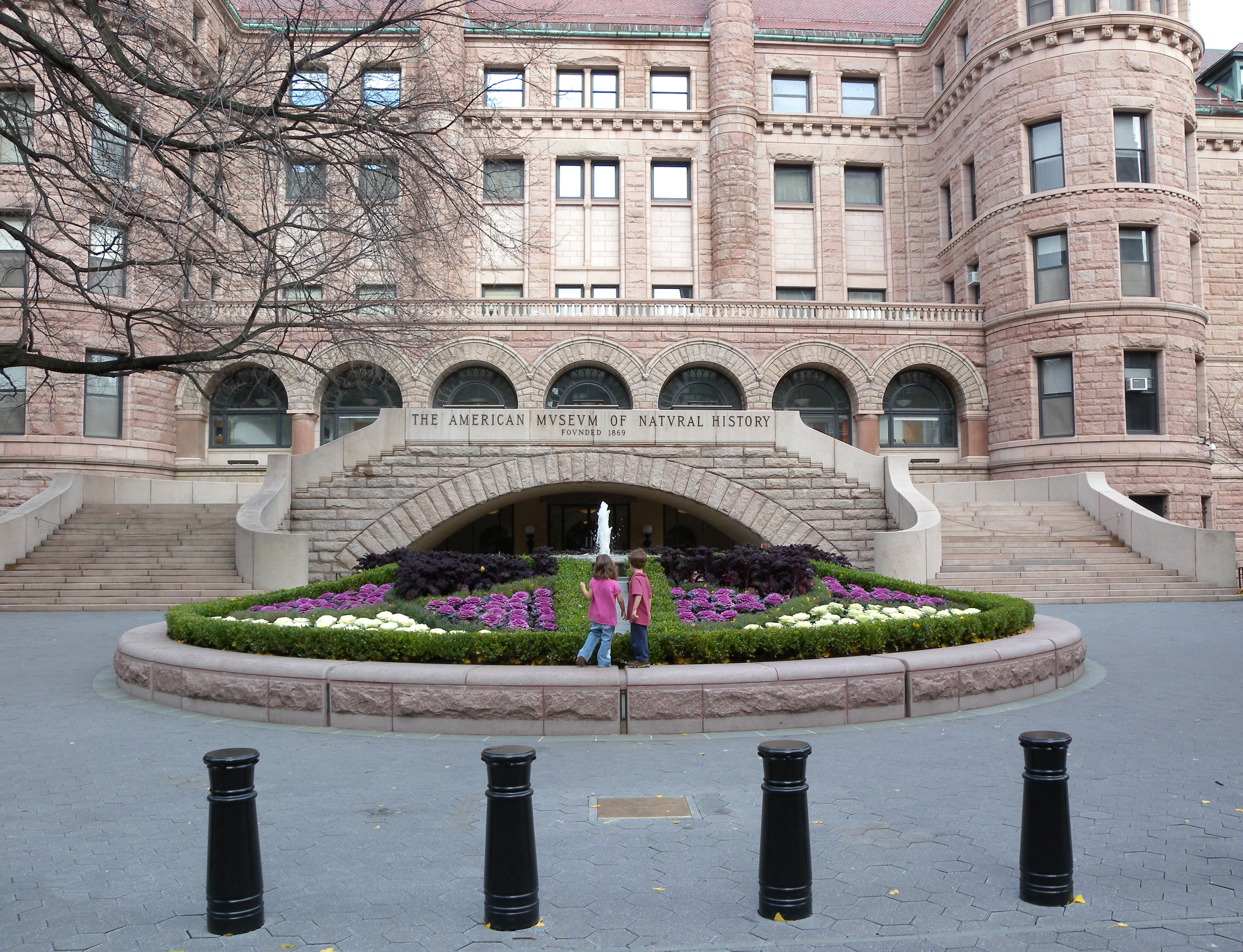|
Squamae
In some rodents, squamae are small tubercles resembling scales on the sole of the hindfeet. Among oryzomyine rodents, their development is variable; most have well-developed squamae, but in others they are indistinct or entirely absent. ''Delomys sublineatus'' and ''Peromyscus maniculatus'' also have squamae.Weksler, 2006, table 5, p. 23 References Literature cited *Voss, R.S., Gómez-Laverde, M. and Pacheco, V. 2002A new genus for ''Aepeomys fuscatus'' Allen, 1912, and ''Oryzomys intectus'' Thomas, 1921: Enigmatic muroid rodents from Andean cloud forests ''American Museum Novitates'' 3373:1–42. *Weksler, M. 2006Phylogenetic relationships of oryzomyine rodents (Muroidea: Sigmodontinae): separate and combined analyses of morphological and molecular data ''Bulletin of the American Museum of Natural History'' 296:1–149. *{{cite journal , last1 = Weksler , first1 = M. , last2 = Percequillo , first2 = A. R. , last3 = Voss , first3 = R. S. , title = Ten new gen ... [...More Info...] [...Related Items...] OR: [Wikipedia] [Google] [Baidu] |
Rodent
Rodents (from Latin , 'to gnaw') are mammals of the Order (biology), order Rodentia ( ), which are characterized by a single pair of continuously growing incisors in each of the upper and Mandible, lower jaws. About 40% of all mammal species are rodents. They are native to all major land masses except for Antarctica, and several oceanic islands, though they have subsequently been introduced to most of these land masses by human activity. Rodents are extremely diverse in their ecology and lifestyles and can be found in almost every terrestrial habitat, including human-made environments. Species can be arboreal, fossorial (burrowing), saltatorial/ricochetal (leaping on their hind legs), or semiaquatic. However, all rodents share several morphological features, including having only a single upper and lower pair of ever-growing incisors. Well-known rodents include Mouse, mice, rats, squirrels, prairie dogs, porcupines, beavers, Cavia, guinea pigs, and hamsters. Once included wi ... [...More Info...] [...Related Items...] OR: [Wikipedia] [Google] [Baidu] |
Oryzomyini
Oryzomyini is a tribe of rodents in the subfamily Sigmodontinae of the family Cricetidae. It includes about 120 species in about thirty genera,Weksler et al., 2006, table 1 distributed from the eastern United States to the southernmost parts of South America, including many offshore islands. It is part of the clade Oryzomyalia, which includes most of the South American Sigmodontinae. The name ''Oryzomyini'' derives from that of its type genus, '' Oryzomys'', which means "rice rat" or "rice mouse". Many species are also known as rice rats. Taxonomy Contents of Oryzomyini An oryzomyine group was first envisaged by Oldfield Thomas in the early 20th century. He defined it to include pentalophodont species, which have a mesoloph(id) on the upper and lower molars, with a long palate (extending past the third molars). Thomas included '' Oligoryzomys'', '' Oecomys'', and '' Oryzomys'' (which included many species now in other genera), as well as '' Rhagomys'', which is currently classi ... [...More Info...] [...Related Items...] OR: [Wikipedia] [Google] [Baidu] |
Delomys Sublineatus
The pallid Atlantic Forest rat (''Delomys sublineatus'') is a rodent species from South America. It is endemic to the Atlantic Forest of Brazil Brazil, officially the Federative Republic of Brazil, is the largest country in South America. It is the world's List of countries and dependencies by area, fifth-largest country by area and the List of countries and dependencies by population .... References Delomys Endemic mammals of Brazil Rodents of Brazil Fauna of the Atlantic Forest Mammals described in 1903 Taxa named by Oldfield Thomas {{Cricetidae-stub ... [...More Info...] [...Related Items...] OR: [Wikipedia] [Google] [Baidu] |
Peromyscus Maniculatus
''Peromyscus maniculatus'', the eastern deermouse, is a rodent native to eastern North America. It is a species of the genus ''Peromyscus'', a closely related group of New World rats and mice, New World mice often called "deermice". When formerly grouped with the western deermouse (''P. sonoriensis''), it was once referred to as the North American deermouse, a species which is no longer recognized. It is fairly widespread across most of North America east of the Mississippi River, with the major exception being the lowland southeastern United States. Like certain other ''Peromyscus'' species, it can be a vector (epidemiology), vector and asymptomatic carrier, carrier of emerging infectious diseases such as hantaviruses and Lyme disease. It is closely related to ''Peromyscus leucopus'', the white-footed mouse. Overview The species in its former broad sense had 61 subspecies, but some of these now belong to ''P. sonoriensis''. They are all tiny mammals that are plentiful in numb ... [...More Info...] [...Related Items...] OR: [Wikipedia] [Google] [Baidu] |
American Museum Of Natural History
The American Museum of Natural History (AMNH) is a natural history museum on the Upper West Side of Manhattan in New York City. Located in Theodore Roosevelt Park, across the street from Central Park, the museum complex comprises 21 interconnected buildings housing 45 permanent exhibition halls, in addition to a planetarium and a library. The museum collections contain about 32 million specimens of plants, animals, fungi, fossils, minerals, rocks, meteorites, human remains, and human cultural artifacts, as well as specialized collections for frozen tissue and genomic and astrophysical data, of which only a small fraction can be displayed at any given time. The museum occupies more than . AMNH has a full-time scientific staff of 225, sponsors over 120 special field expeditions each year, and averages about five million visits annually. The AMNH is a private 501(c)(3) organization. The naturalist Albert S. Bickmore devised the idea for the American Museum of Natural History in 1 ... [...More Info...] [...Related Items...] OR: [Wikipedia] [Google] [Baidu] |


